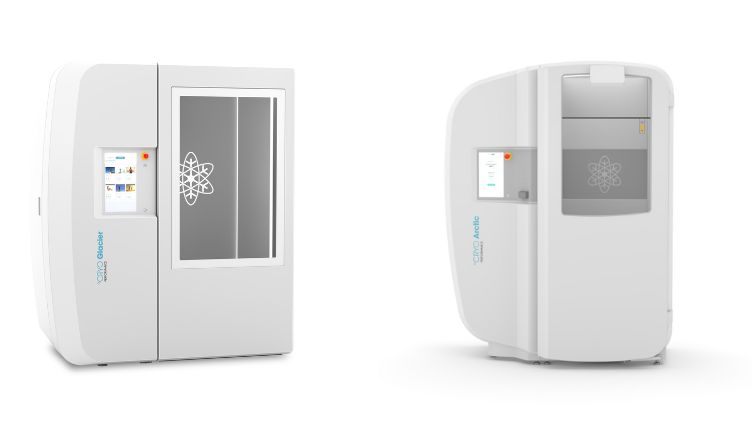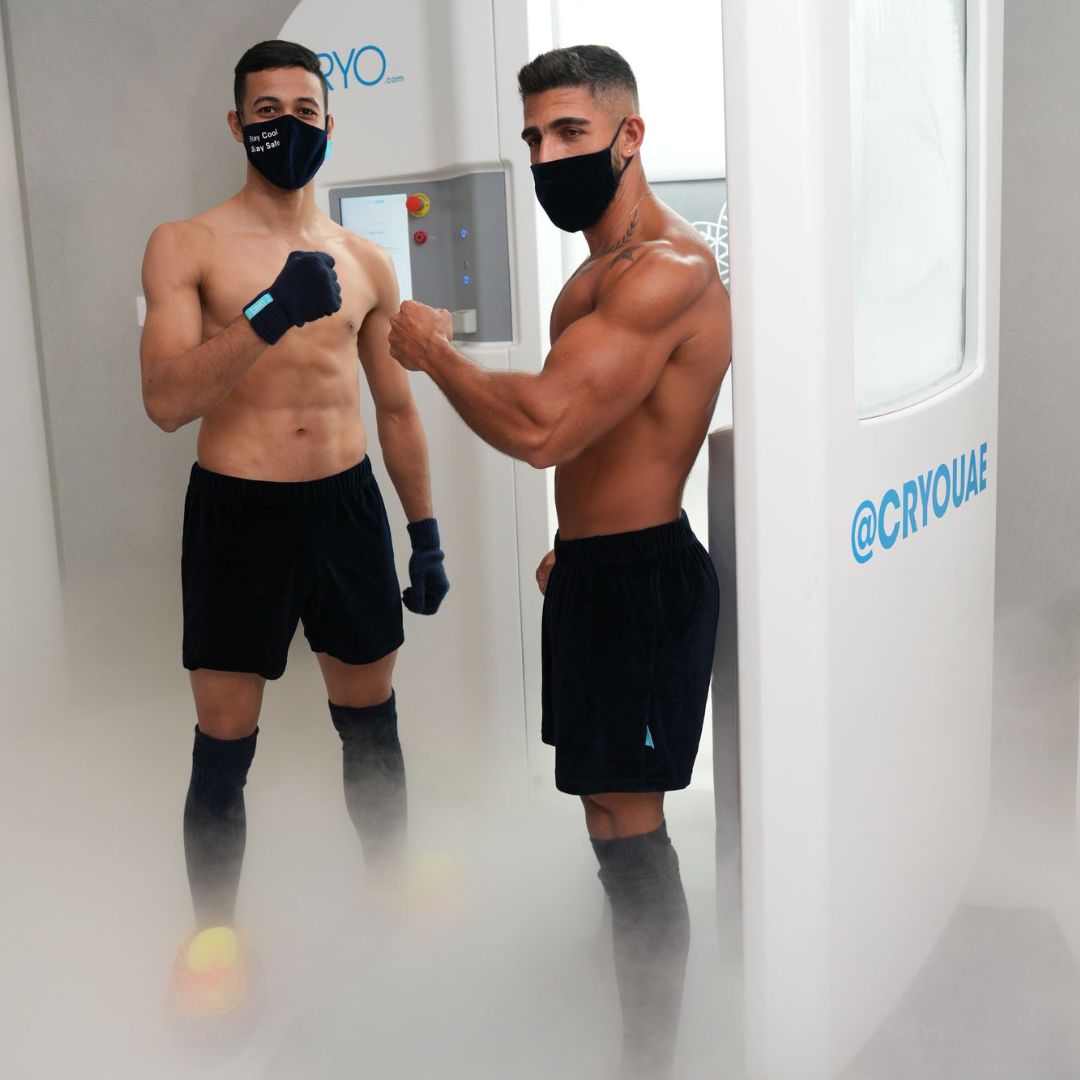Why Whole Body Cryotherapy is Better than an Ice Bath!
Ice baths have been used for decades as a mechanism to rehabilitate and recover injuries for athletes, professionals, and anyone suffering from pain, inflammation, and damage to muscles, tendons, ligaments or soft tissue. But, Ice baths have very different effects on the body than cryotherapy does.
Cryotherapy has been put in a large spotlight recently for its backing by celebrities and professional athletes (Lebron James, Floyd Mayweather Jr, Lindsay Lohan to name a few).
So, what really are the differences between Whole Body Cryotherapy and Ice Baths? Which is more effective?
The first and most prominent difference between cryotherapy and ice baths is that during the first 20 minutes of using an ice bath, soft tissue and muscle located fairly deep in the body begin to freeze and in return lose their capacity. Muscle is unique in its function in that it needs a specific amount of time to recover back to 100% capacity after strenuous use. Not only that but, after an ice bath, the individual must continue to rest and cannot return to activity until the next day at the earliest.
Cryotherapy is very different in this regard. Treatment in a °CRYO Chamber does not actually freeze the muscle tissue — it actually is simply the perception of freezing by the body’s nervous system. A process that would take multiple sessions of 30 minutes or more to achieve in an ice bath takes only 3 minutes in a Cryotherapy treatment. Not only that, an athlete can return to activity the same day after receiving cryotherapy with more energy and ability than prior to the treatment.
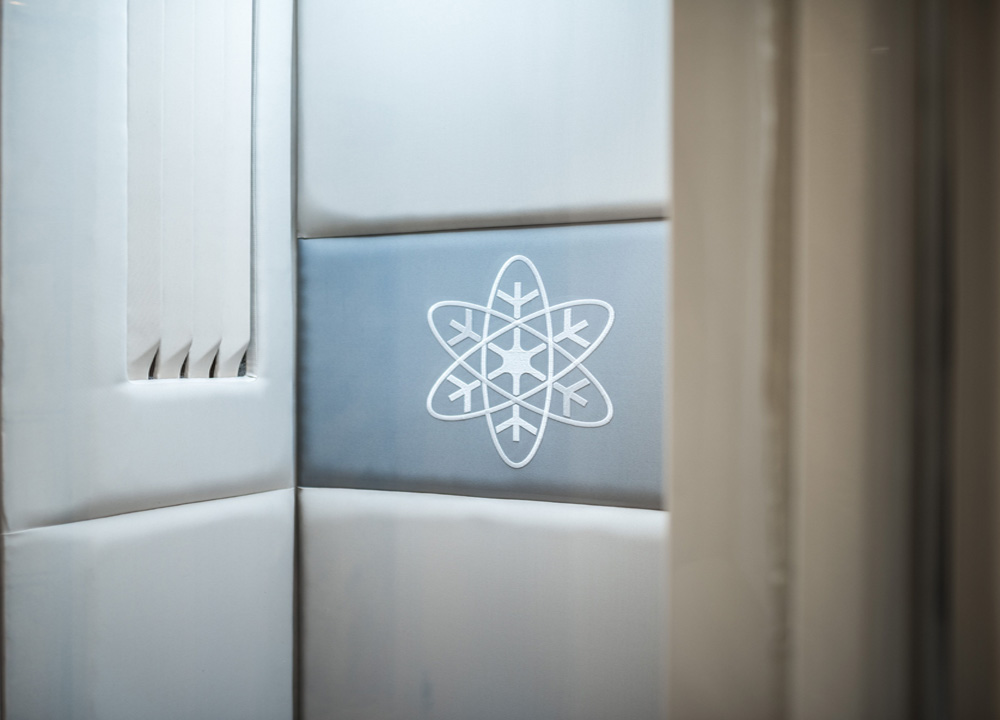
In terms of temperatures, Cryotherapy gets down to -140 degrees celsius, while an ice bath doesn’t make it below 50-degrees unless you were to sit in it for close to 30 minutes! The reason why Cryotherapy is better is because it uses dry cryogenically cooled air to reduce the skin’s temperature while an ice bath uses wet cold which can cause muscle tissue to congeal making them pretty immobile.
The next difference between cryotherapy treatment and ice bath usage can be noted on a physiological level. The body’s reaction to the ultra-cool temperatures during cryotherapy is a completely different physiological reaction compared to that of an ice bath. The biggest difference is that, during submersion in an ice bath, the body is faced with the unrelenting process of warming the blood in the body’s core back to normal temperature. This feat takes an immense amount of energy that the body struggles with. And, once the body is no longer able to warm the blood, the muscles begin to congeal and freeze, which can eventually cause hypothermia and even death, as it is difficult to stop the process once started.
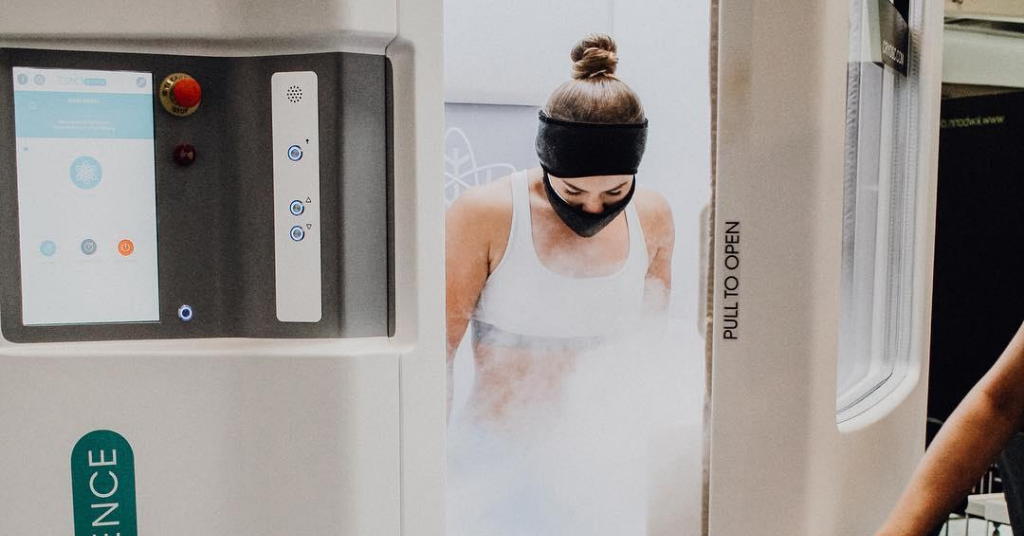
On the other hand, cryotherapy at flagship °CRYO Stay Young branches uses the safest whole body cryotherapy equipment called °CRYO Arctic chamber which provides the coldest (-140°C), breathable air (no direct nitrogen), within a filly immersive cryotherapy experience. This ultra-cooled air creates the sensation that the body is in a potentially dangerous situation which then causes the brain to fight or flight from this experience. When thermo-receptors in the dermis of the skin receive the signaling from the cooled environment, the brain and central nervous system send out a system-wide message telling the body to vasoconstrict, which in turn sends all the blood from the periphery of the body to the vital organs in the core of the body. This blood undergoes a process that increases the oxygen and nutrients within the blood and also detoxifies and breaks down harmful byproducts within the blood in an attempt to supply the vital organs with the most oxygen and nutrient-rich environment to survive. Once the cryotherapy treatment is completed after 3 minutes, the individual exits the °CRYO Chamber and the body immediately senses the return to normal temperature. The brain then sends a system-wide message to return this ultra-nutritious blood back out to its peripheral systems, which then in turn supplies the entire body with blood that is high in oxygen, nutrients, collagen, endorphins, etc.
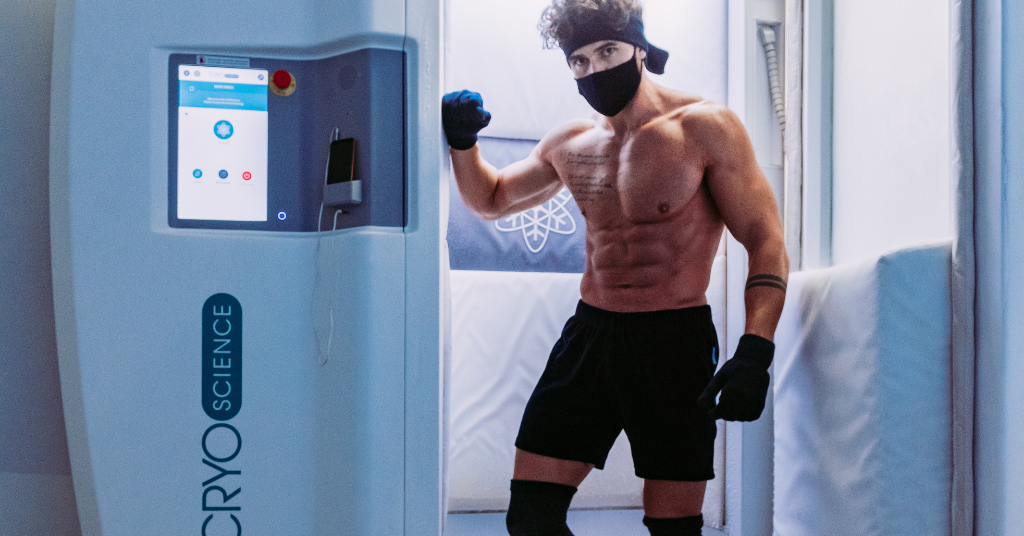
The last difference between ice baths and cryotherapy is the amount of oxygen that is provided to the skin’s surface during treatment. In an ice bath, oxygen supply to the skin and surface tissue is halted which can trigger skin damage that can promote skin disease if the procedure is repeated.
This finding is the exact opposite of cryotherapy treatment. Collagen, which is an important protein in skin, hair, and nails, is produced at an accelerated rate during treatment, which improves skin, hair, and nails health drastically.
Follow our blog to learn more about cryotherapy, recovery, performance, slimming, and beauty tips. We also share daily tips, tricks, and studies on our Instagram page.



